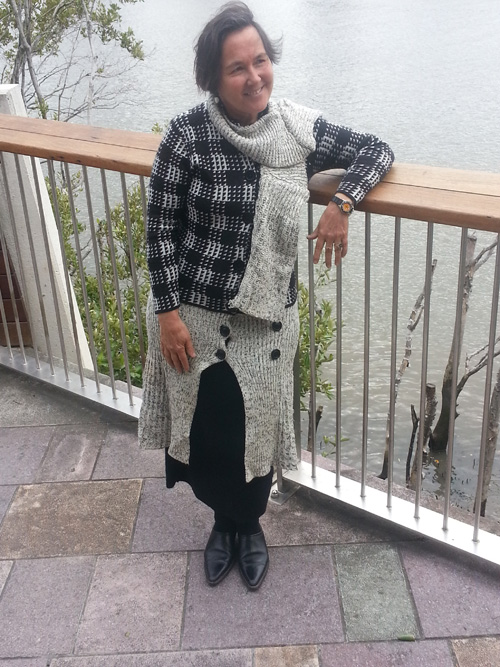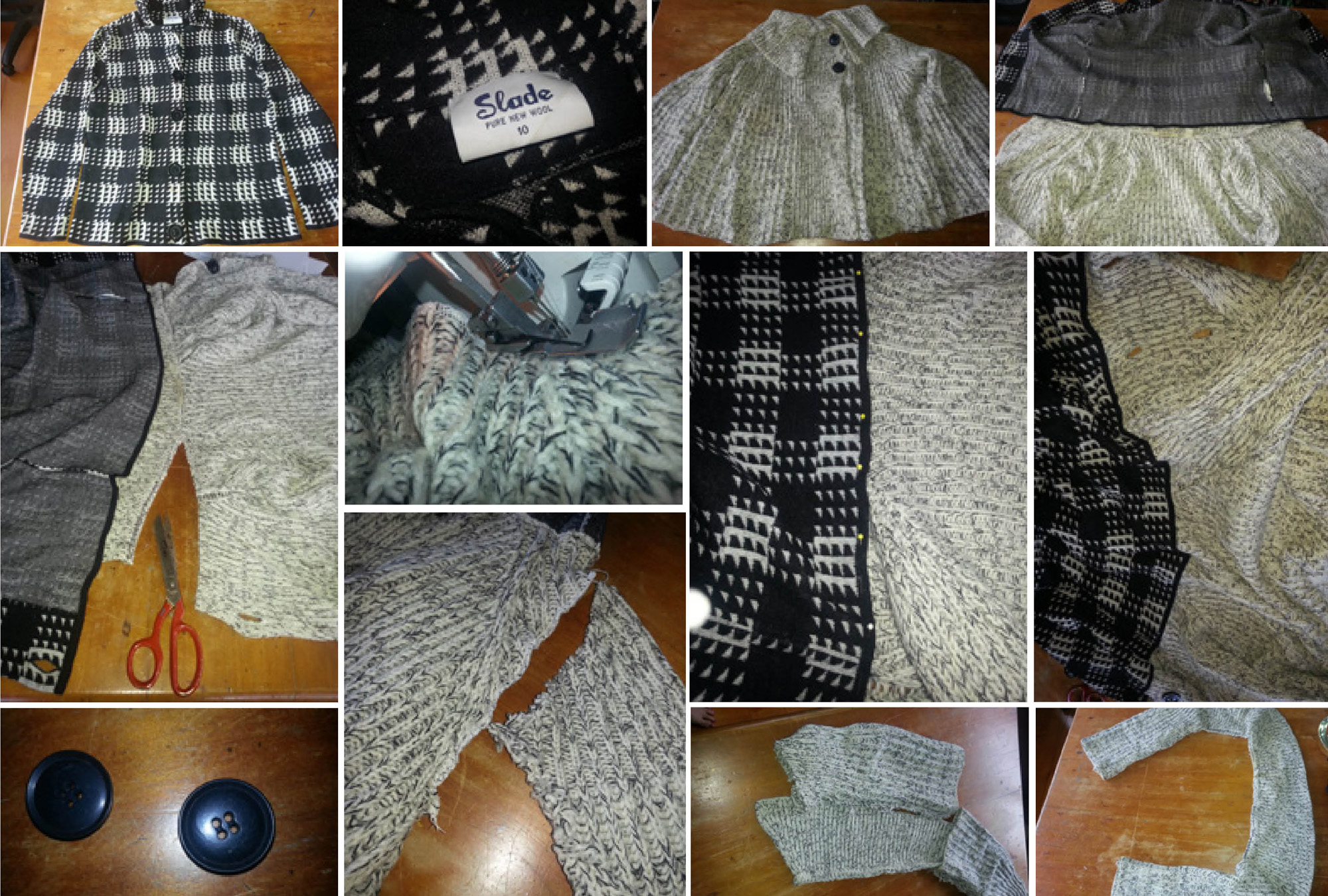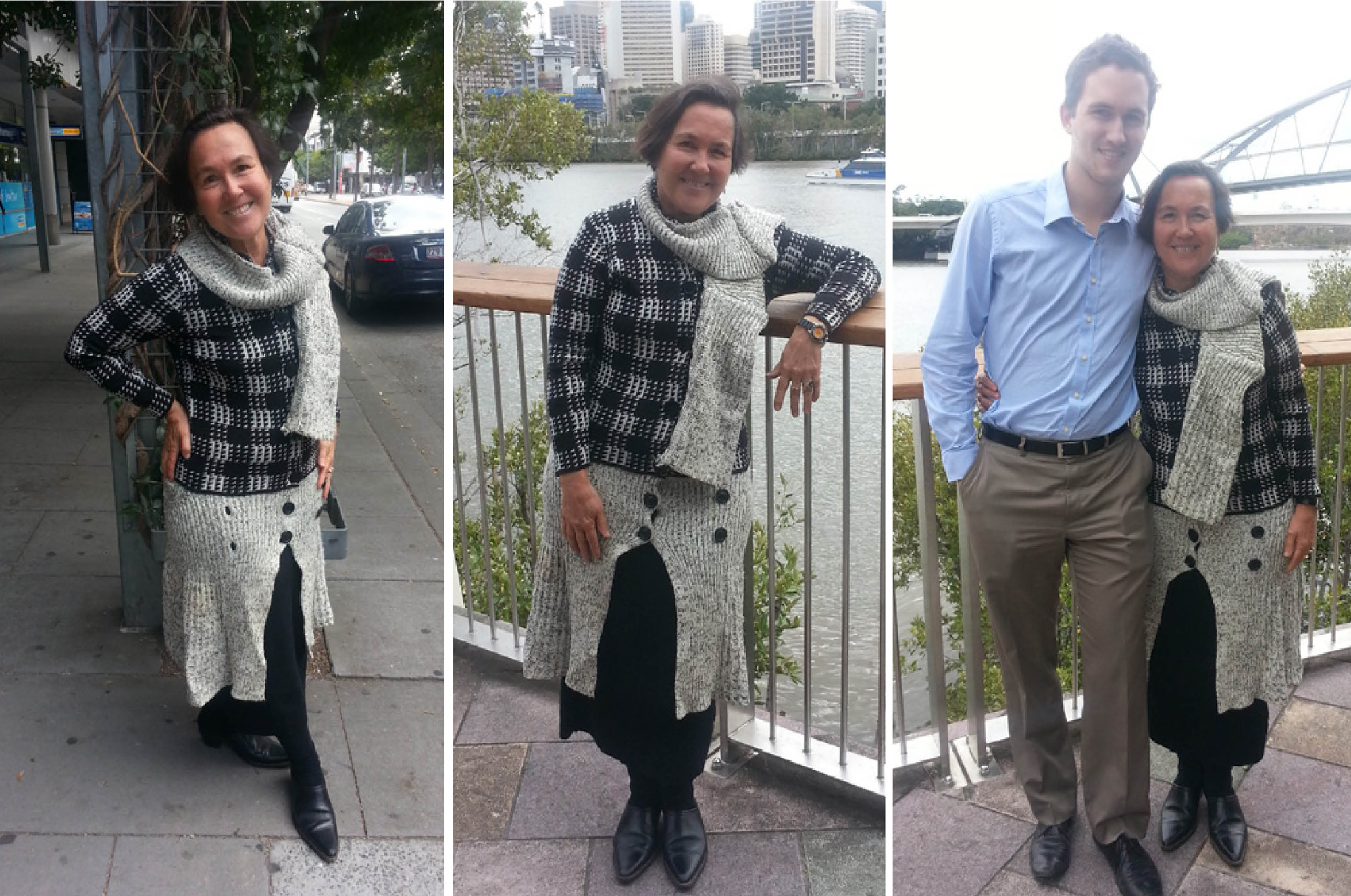 Sew it Again is a social-change project to shift thinking about the way we consume clothing and textiles. The project demonstrates creative ways to upcycle existing clothing and empowers others to tap into their ‘greenest’ clothing of all. It engages old-fashioned sewing skills, encourages a culture of thrift, and shows heart-felt concern for where mindless consumption of fast fashion is leading.
Sew it Again is a social-change project to shift thinking about the way we consume clothing and textiles. The project demonstrates creative ways to upcycle existing clothing and empowers others to tap into their ‘greenest’ clothing of all. It engages old-fashioned sewing skills, encourages a culture of thrift, and shows heart-felt concern for where mindless consumption of fast fashion is leading.
Creative entrepreneur Dr Cathryn Lloyd from Maverick Minds says today’s business is no longer about doing business as usual. “Complexity and uncertainty reflect the world as it is today. All businesses require creative entrepreneurial thinking and behaviour. The 21st century belongs to those who can bring their creative potential and leadership skills to their personal and professional lives.”
And serial entrepreneur Richard Branson says this: Entrepreneurship isn’t about selling things – it’s about finding innovative ways to improve people’s lives. Until recently, most people in business focused on products and services that would appeal to consumers, and this resulted in the creation of many great companies and a lot of jobs. But attitudes are changing. A new generation of entrepreneurs is using approaches from the commercial world and employing technology to tackle social and environmental problems.
Creative upcycling of existing clothing is a way to bring the mindfulness and resourcefulness of sewing into the 21st Century. Almost all Western clothing is now made by factory workers in Asia. We hope they are paid adequately for their efforts, but know the convoluted clothing supply chain is ripe for exploitation – as exposed by the 2013 Rana Plaza factory collapse.
Global supply chains bring forth fast fashion at a fraction of the cost two decades ago, and few bother with home-sewing. So what, who cares?
We (in the West) are losing skills which enable us to make-do and mend – alter and upcycle to suit ourselves. Look at the interest in home-cooking, home-baking, home-gardening and home-handiwork. People want to be resourceful and do for themselves because there’s a rewarding component beyond the monetary. There are wellbeing, mindful and healthful rewards for human-beings in doing for themselves.
Upcycling is a way to bring home-sewing into the fold. Instead of the hard (and expensive) work of sewing from scratch, you can use cloth resources lurking in your wardrobe, cast-off by friends or bought cheaply at op shops.
Sew 197 is a dress made from two jumpers I’ve owned and loved for about a decade but had ceased to wear (they’re amongst the last garments I’ve bought new). Both are made from black/white wool and I studied how they might go together by arranging them on a cutting table. The check Slade had good form, so it remains unchanged as ‘top’. I cut off the collar of the Country Road swing cardigan and immediately did three rows of stitching to secure the cut edge, and then attached it as ‘skirt’. I removed the sleeves from this skirt by turning inside, cutting at the relevant angle, then sewing to secure. These sleeves and the collar were then stitched together to become the scarf. Sew was born my ‘new’ outfit to wear to lunch with son Casey to celebrate his 26th birthday.

